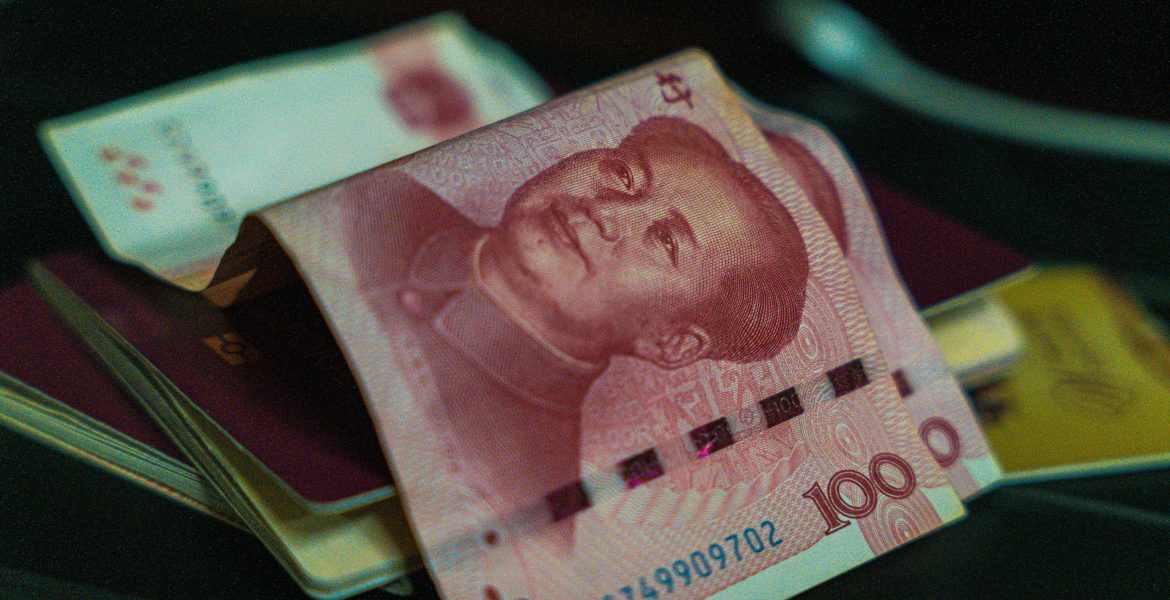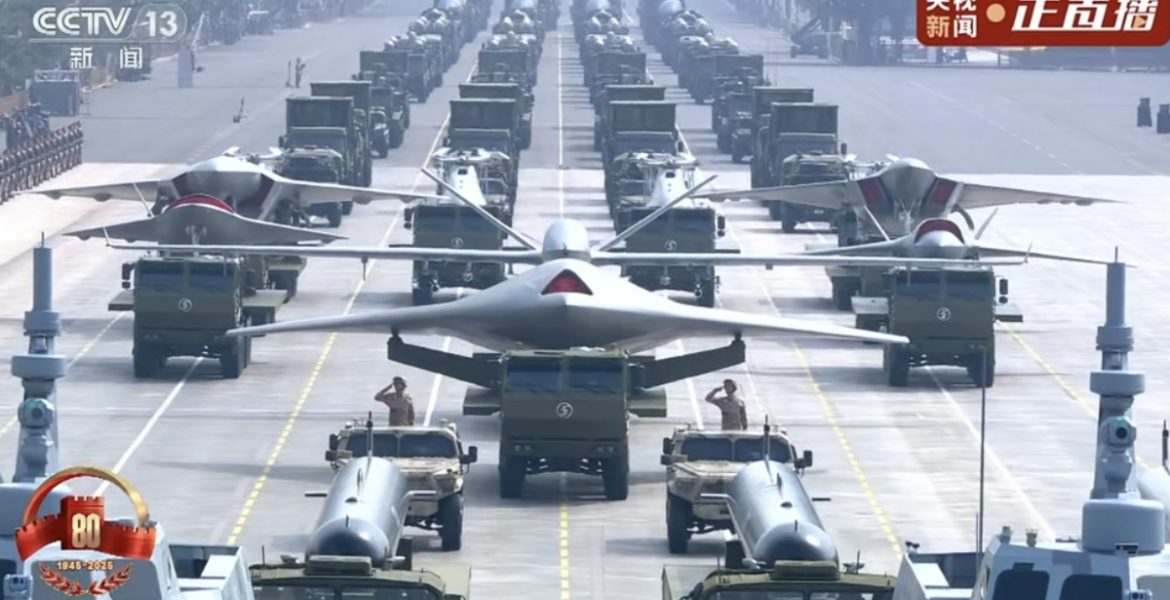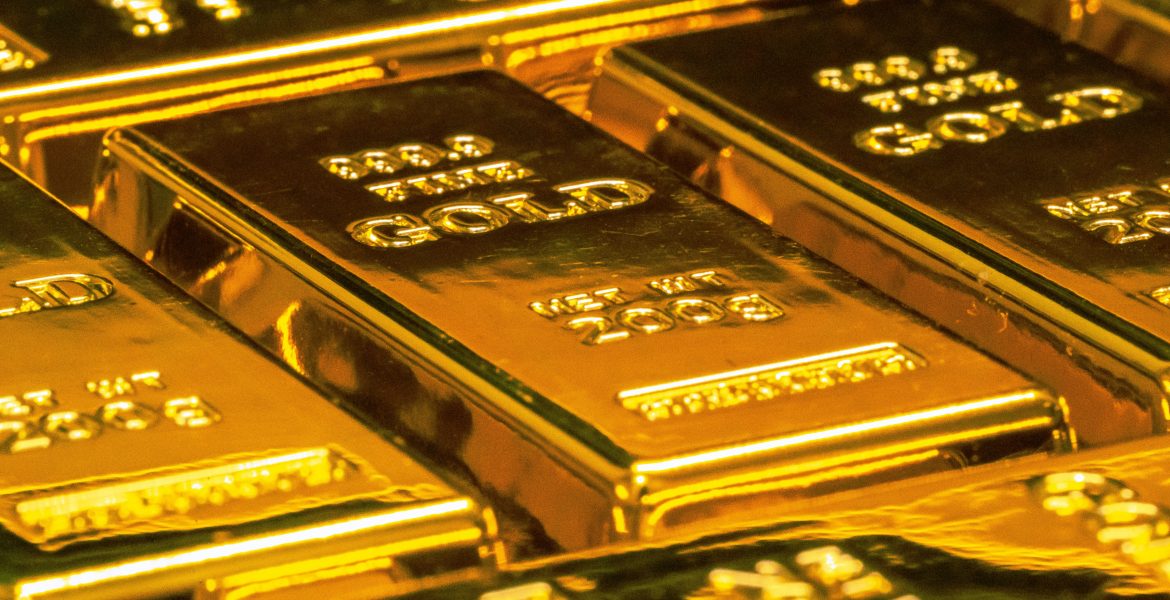
Gold isn’t supposed to behave like this. On October 21, 2025, during New York trading hours, the world’s oldest monetary metal did something extraordinary: it fell from $4,378 to $4,093 per ounce in less than eight hours: a collapse of almost 6½ percent. No war had broken out, no inflation surprise had hit the wires,

Airspace violations, drone incursions, and tense interceptions along Europe’s eastern flank have dominated headlines in recent weeks. NATO officials denounce these actions as Russian provocations, while Moscow often denies them outright. The reality is murkier, but one thing is clear: in geopolitics, self-interest drives behavior. “Always back the horse named self-interest, son. It’ll be the
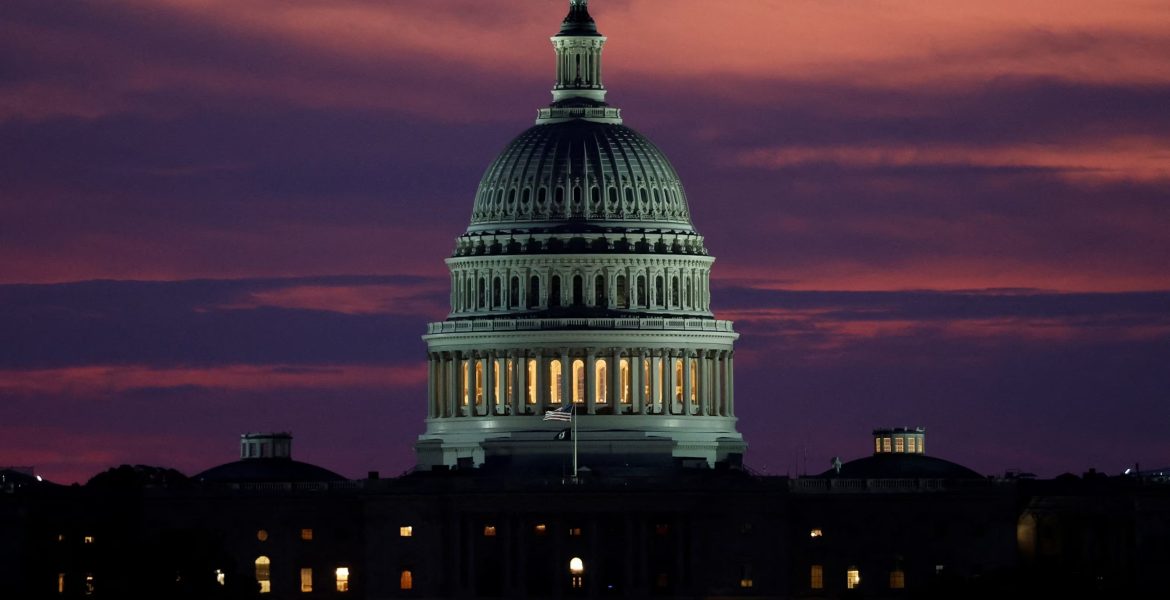
The looming shutdown is more than budget drama. It’s a lever that can rewire power inside Washington, stress‑test U.S. governance, and reshape perceptions abroad. We map the catalysts, explain how a shutdown can operate as a deliberate strategy, outline the incentives to keep it going, and connect the dots to our long‑horizon Scenario 4.

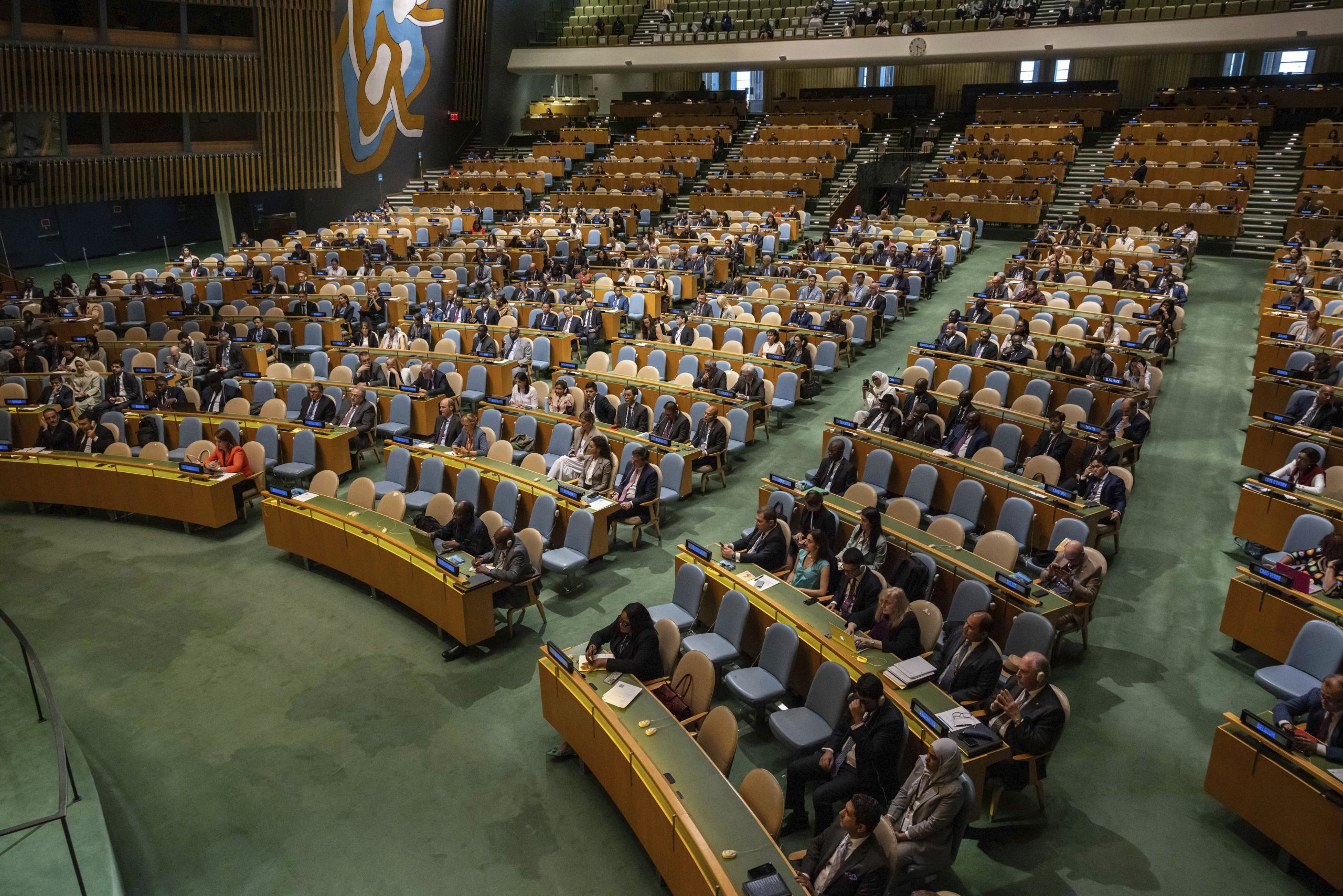
Each September, the United Nations General Assembly (UNGA) offers leaders a stage to frame their visions of the future. In 2025, the most striking image was not a speech but rows of empty seats. The optics told their own story: the UN’s legitimacy is fading just as the world order itself is fragmenting. A Weakening
